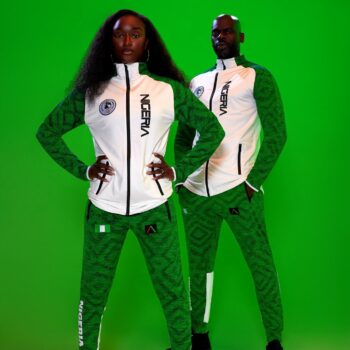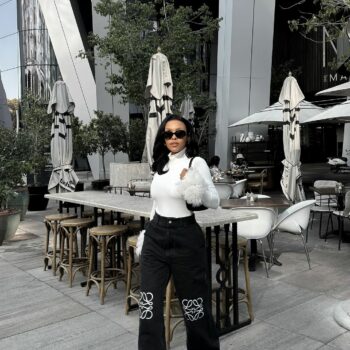Charles Eames once said, “Details are not the details; they make the design”. Accessories are the icing on an interior design cake. Whilst the cake might be perfectly baked and tasty on the inside, no one wants to eat it if they aren’t attracted to it in the first place. Knowing how to tastefully accessorise can take a space from zero to a hundred whether it is a residential or commercial/workspace.
Accessories are the finishing touches that play the vital role in enhancing your furniture and architecture whilst pulling your space together. I’ve taken the liberty of categorising accessories into 4 groups:
- Functional: These accessories serve another primary purpose. Think of lamps, vases, mirrors,
trays, clocks, candles and candle-holders, throws, cushions, ashtrays (I sometimes use them
for keys and knick-knacks)
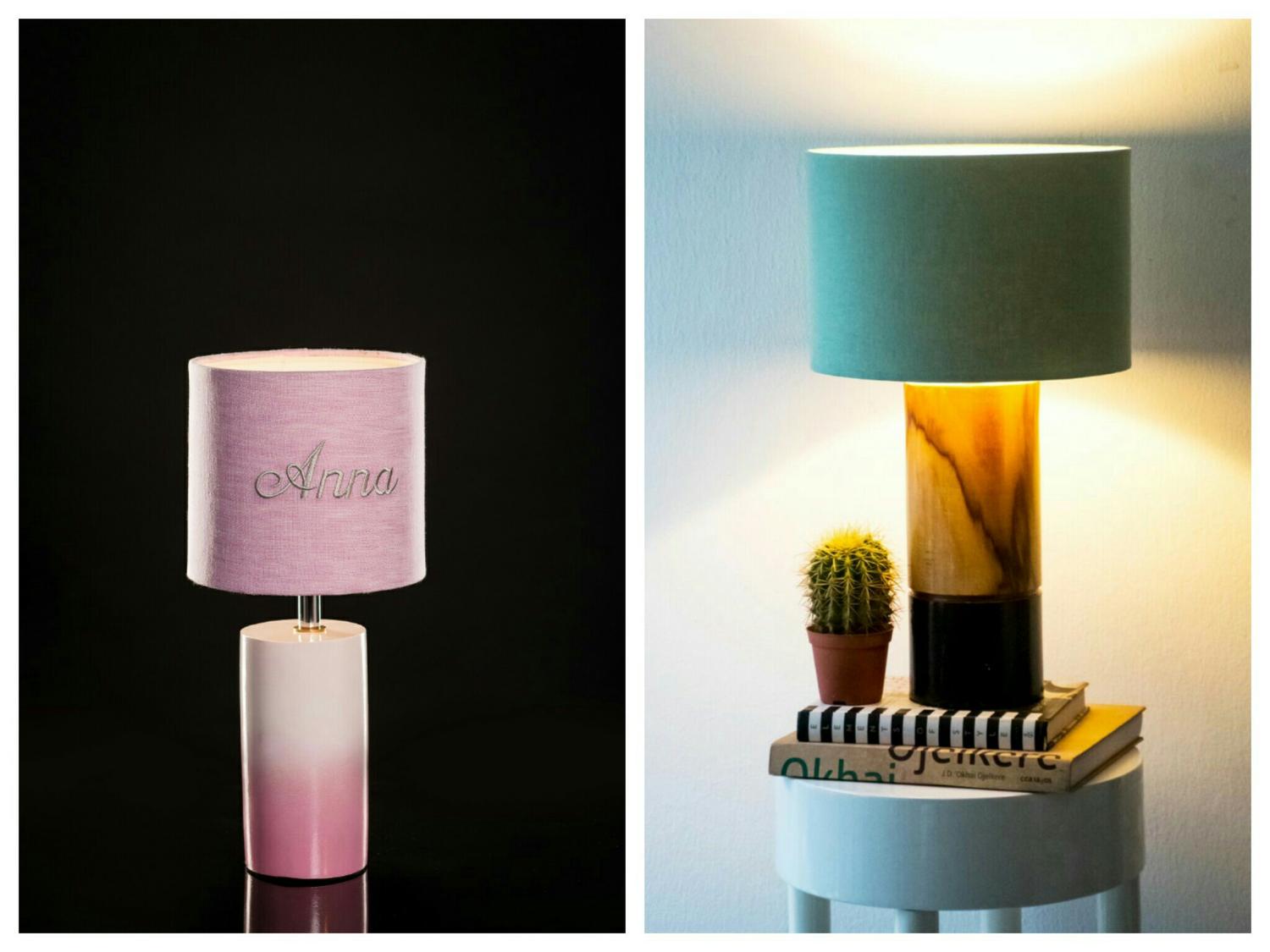
- Personal: These accessories bring individuality into a space. They are reflective of you, your
heritage, your interests, your travels etc. Think travel souvenirs/ mementoes, framed
photographs, family heirlooms, something (tasteful) your child made.
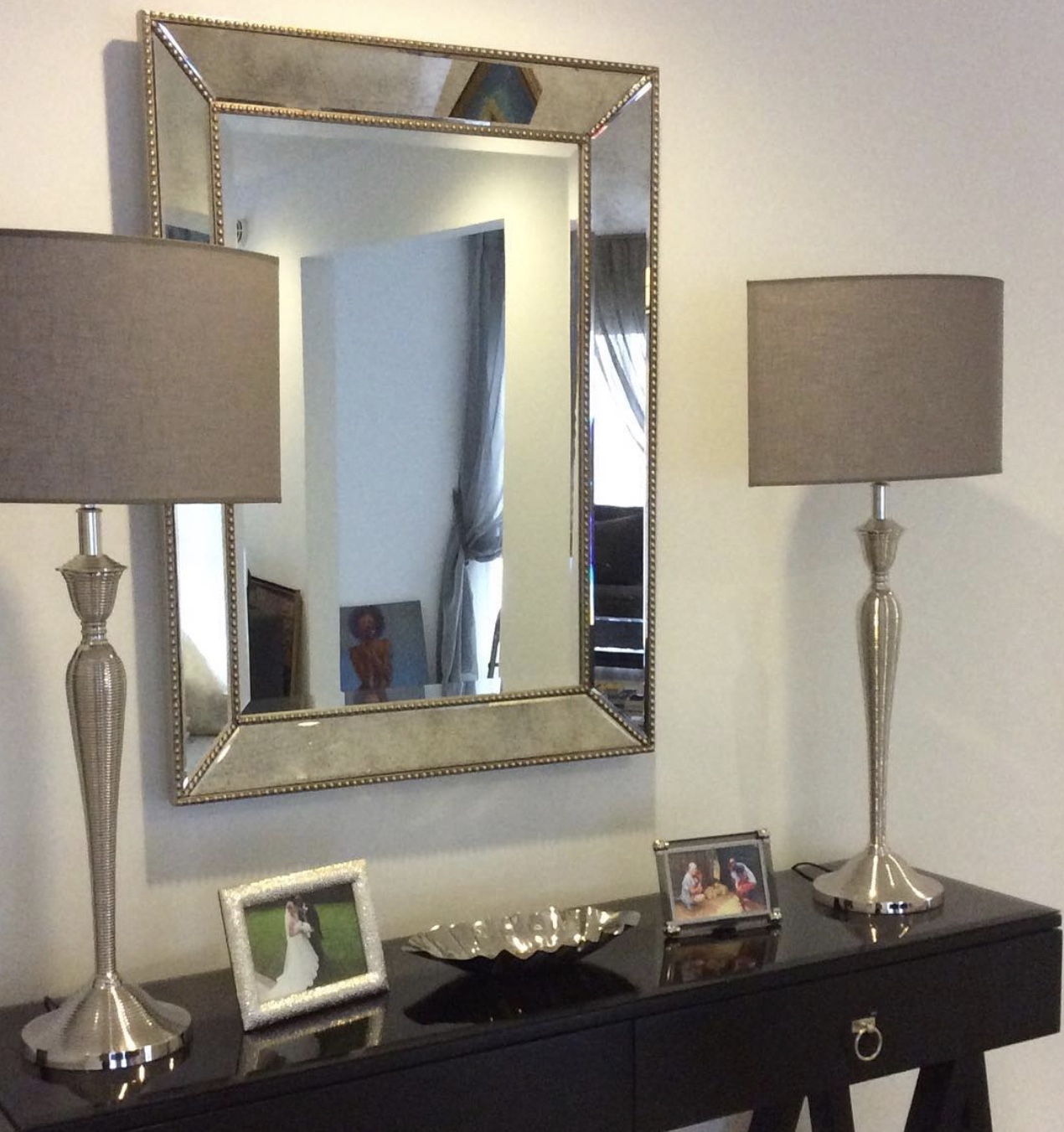
- Decorative: These accessories look beautiful. Their primary function is to be aesthetically pleasing and to be enjoyed. Think paintings, sculptures, figurines, prints, ornamental pottery.
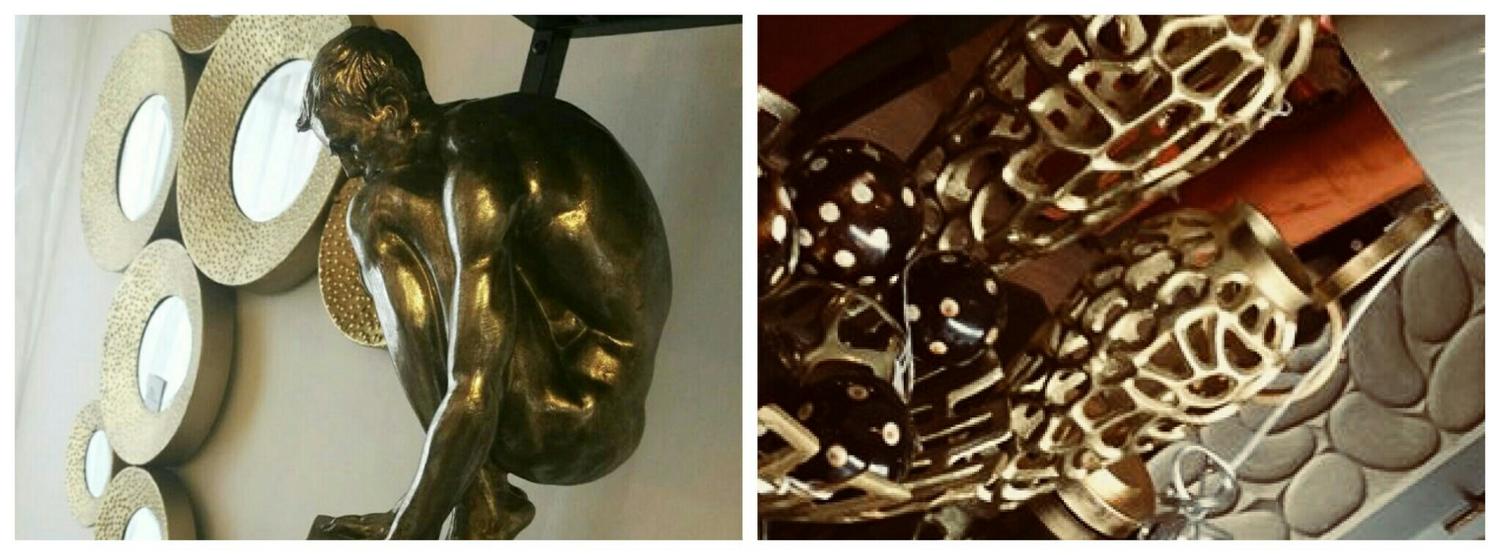
- Humorous: These inject humour and make you smile. They’re quirky, fun and don’t take themselves too seriously. Word of caution – be careful here as you don’t want your space looking like a page from a cartoon, so small objects are best. Think doormats, throw cushions, ashtrays and art/prints with a funny message. I once had a doormat that said, “oh no! not you again!”- my neighbour loved it so much, I had to buy her one.
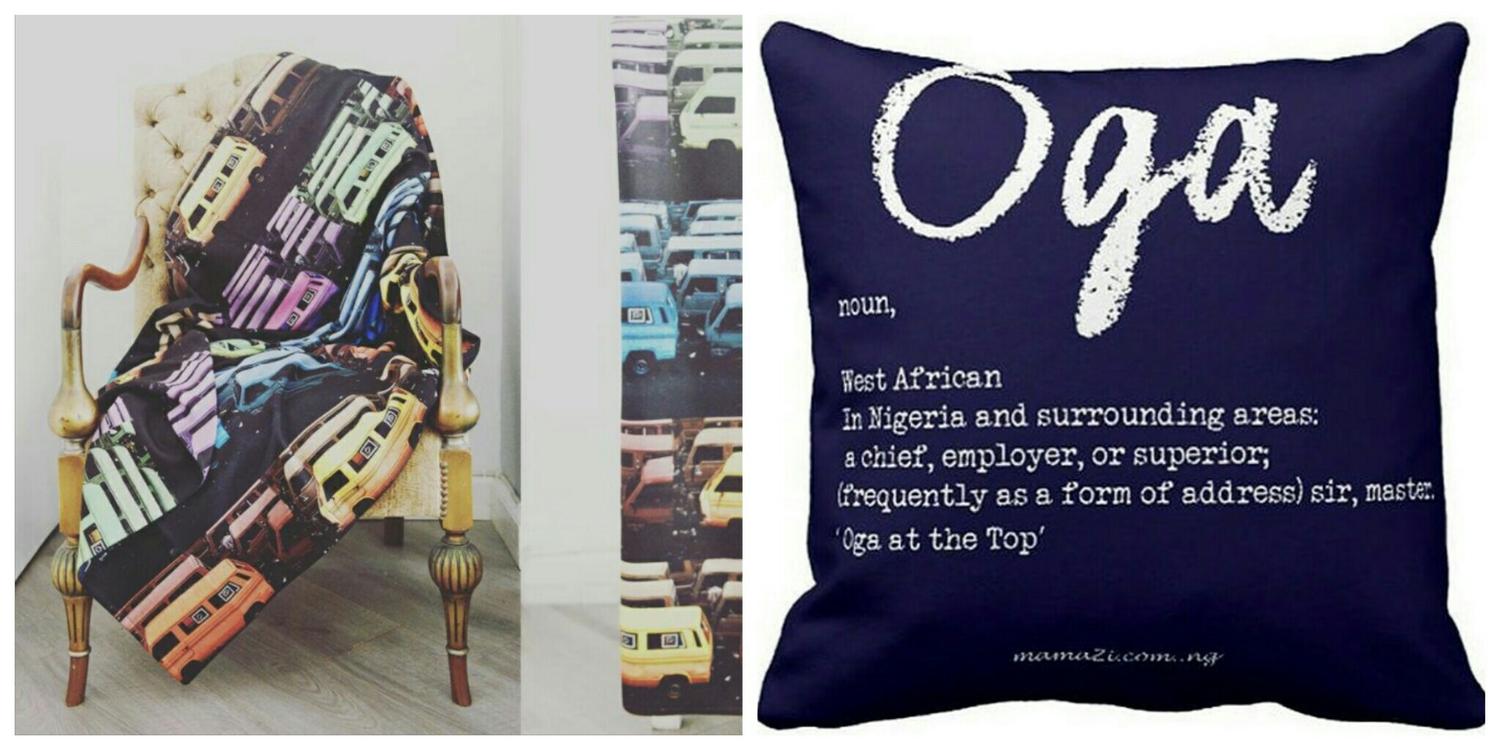
- Value storing: Unexpected, right? These pieces have an intrinsic monetary/financial value but are beautiful enough to be shown off. Think about that age-old Ming vase, the Bruce Onobrakpeya or Ben Enwonwu piece or the Picasso. I know some people who like to keep their money where they can see it…hanging on the walls!
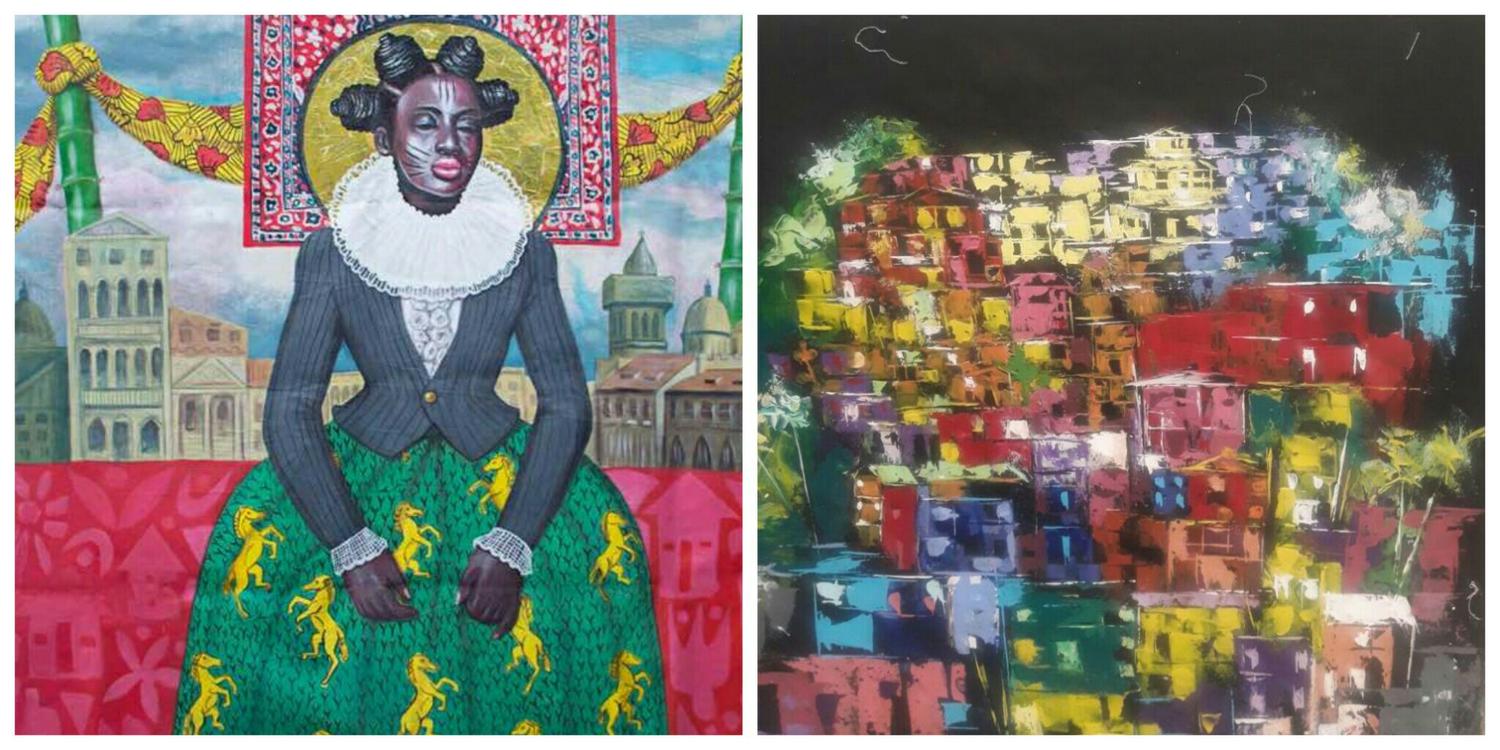
Having said all this, the perfect accessories will serve multiple purposes e.g. be both personal AND decorative; functional AND decorative; value storing AND humorous (I would smile every day if I owned a Picasso too!).

When accessorising, I suggest these three Cs to keep you in check:
- Curation. Curation is key. If you’re going to commit to having a piece in your space every day then you must enjoy having it around: make sure the items are special.
- Cohesion. Cohesion is vital. Remember, accessories are meant to bring the space together.
For example, when grouping accessories together, ensure there is a harmonising thread that runs through the group e.g. colour, texture, shape, theme. - Colour. Colour is a tool. Accessories are an amazing way to introduce colour into a space. Keep your palette in mind when choosing accessories. Also, using an accent colour on various items in different parts of the room/space will give a strong sense of balance.
Remember, keep it YOU and keep it simple: the aim is to (selectively) layer NOT to clutter!

